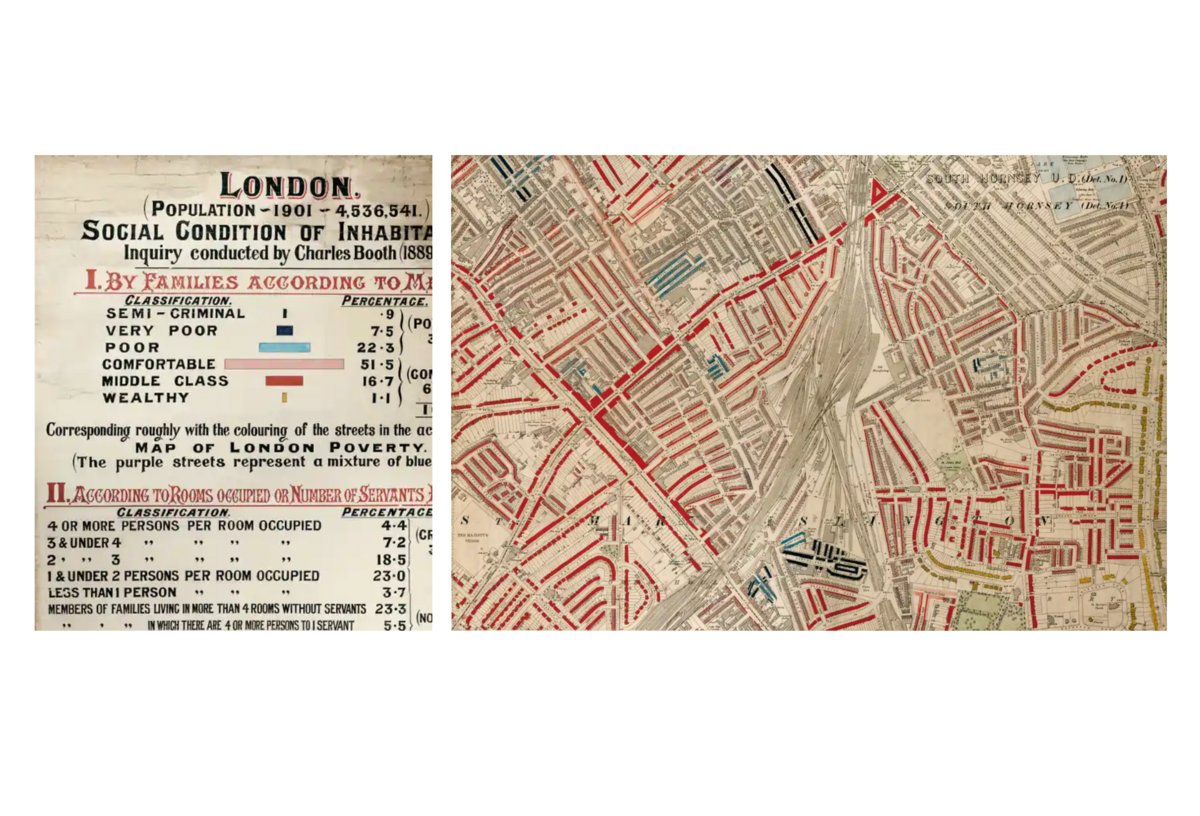Ethics

Introduction
The ethical judgment of literary works and characters has not been fashionable for many decades, yet it is hard to not think of reading without some aspect of value judgement. Was Hamlet right in seeking revenge? How do we negotiate the sympathy we may feel for a criminal?
Computational analysis is good at making clear how important certain topics are in a corpus of works, and how they are presented. Analysis of the words related to certain characters can also be revealing of the way values are being presented.
As a common trait of topical approaches to literature, computational approaches can 1) help to show the importance of the topic, 2) show how it relates to stylistic features and modes of description.
At the same time, ethics is a very complicated issue that demands hermeneutical interpretation, both in order to set up the right queries for an assisted analysis and to provide meaning to the results and make sense of things that cannot be taken at face value. The characters in a novel by Dostoyevsky may discuss moral issues and they may be involved in good or bad deeds, but the very question of good and bad is also questioned, something that would often elude a strict computational analysis.
Applications
Elementary
The online The Historical Thesaurus of English is not only a historic thesaurus, but also a tool that makes it possible to quickly explore how certain words may embody several semantic meanings, and furthermore to track how these meanings change over time. A Metaphor Map of English has been developed using this thesaurus, in which the user can discover how words from different categories (e.g. “Goodness and Badness” and “Animals”) are connected metaphorically. This makes it a powerful tool for exploring how certain words also connotes values and ethical judgements - the word ‘Vulture’ is for example not only used to describe a type of bird but is also used disapprovingly to describe opportunistic and selfish human behavior. In fact, Fraser Dallachy has convincingly shown by using these tools that a common way of describing criminals has been to give them animalistic properties (see “The Dehumanized Thief” in Mapping English Metaphor Through Time). Although The Mapping Metaphor doesn’t include every use of metaphorical terms ever coined, it can be a useful tool to study dehumanization such as the use of animal-criminal metaphors.
Another approach could be to search for certain words connoting values and ethical judgements and investigate the context in which they appear. Voyant Tools offers a Key Word In Context (KWIC) concordance function allowing you to investigate co-occurrences of words or characters. Another similar approach could be to use the Google Ngram viewer tool to specify a PoS-tag along with the wildcard operator (*) to explore the ten most common contexts in which a word appears. For example, searching for *_ADJ bully returns the ten adjectives with which the word “bully” most frequently appears in books within the selected corpus and time period. Comparing the results of this search for the two different time periods, 1800-1900 and 1900-2000, reflects how the positive connotations previously carried by the word “bully” have vanished over time. AntConc also has a concordance tool allowing you to make such searches (see scripts/sites section).
Advanced
Understanding ethics and having moral responsibility implies active agency - the prerequisite being that the person is conscious of the actions to be taken and has a certain freedom of choice in regards to them. Moral agency is most often attributed to humans, but anthropomorphism, i.e. the attribution of human characteristics to a non-human, can be widely observed in literature. It can be a tool to explain behaviour or to appeal to our emotions and empathy. Animals have been used in stories, particularly fables, to convey a moral message. Fabular anthropomorphism has far-reaching consequences in modern marketing (Miles and Ibrahim, 2013).
Opposite to anthropomorphising other beings, dehumanizing humans can be a way of justifying human horrors such as war or genocide. “The Dehumanized Thief” (Dallachy, 2016) is, as mentioned in the previous section, a good example of how animal metaphors can be used in explaining cruelty, conceiving criminals as “‘beasts’ who are almost incapable of restraining the animalistic impulses” to act against the morally acceptable standards.
In light of these observations, it is clear that new computational approaches to analyse both anthropomorphism and dehumanization should be developed. Mendelsohn, Tsvetkov, and Jurafsky (2020) did pioneering work in computationally investigating the linguistics of humanization of LGBTQ people. Get inspired by their methods, and carry out your own analysis of anthropomorphism or dehumanization. For example, create a corpus of fables and fairy tales from the Gutenberg Project, and create word embeddings with the word2vec model. First, train a model on the entire corpus, and then retrain it by book or by author. Inspect the nearest neighbors of animal words to see how they are semantically represented within these models. Do different authors have similar conceptions of animals? Compare your observations with the metaphors listed in the Metaphor Map of English.
Resources
Scripts and sites
- Mapping Metaphor, a comprehensive analysis and an interactive resource of metaphors in the English language.
- A tutorial for training word embeddings with word2vec.
- Antconc A free software for corpus linguistic analysis, including collocation analysis.
- Google Books NGram Viewer, an online search engine that plots the frequencies of any set of search strings as n-grams.
Articles
- Dallachy, F. (2016). The Dehumanized Thief. In W. Anderson, E. Bramwell & C. Hough (Eds.) Mapping English Metaphor Through Time. (pp. 208-20). Oxford University Press. https://oxford.universitypressscholarship.com/view/10.1093/acprof:oso/9780198744573.001.0001/acprof-9780198744573-chapter-13
- Mendelsohn, J., Tsvetkov, Y., & Jurafsky, D. (2020). A framework for the computational linguistic analysis of dehumanization. Frontiers in Artificial Intelligence, 3, 55. https://doi.org/10.3389/frai.2020.00055
- Miles, C., & Ibrahim, Y. (2013). Deconstructing the meerkat: Fabular anthropomorphism, popular culture, and the market. Journal of Marketing Management, 29(15-16), 1862-1880. https://doi.org/10.1080/0267257X.2013.803142
- So, R. J. (Ed.). (2021, April). Issue 7: Post45 x Journal of Cultural Analytics. https://post45.org/sections/issue/p45-ca/